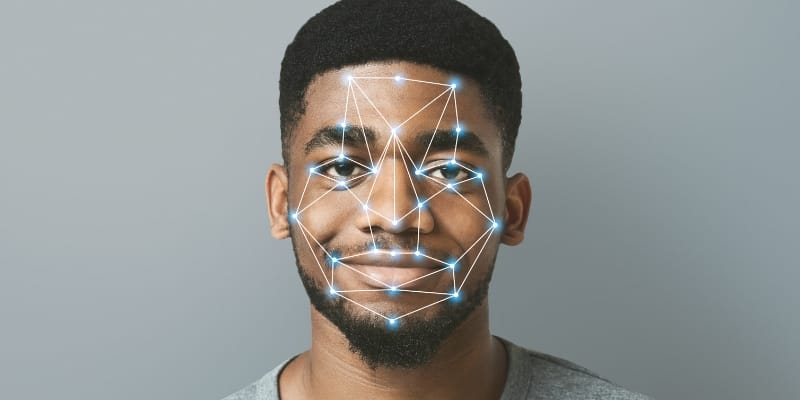Neuro-Marketing: Understanding Brain Science to Influence Consumer Behavior

In today's fast-paced world of marketing, understanding what drives consumer behavior is key to crafting successful campaigns. Neuro-marketing is a discipline that combines neuroscience with marketing psychology to uncover the hidden drivers behind consumer decisions.
In this blog, we’re going to explore what is neuro-marketing, the tools currently used, future trends, and how ethical is neuro-marketing.
Introduction to Neuro-Marketing
Neuro-marketing is the study of consumers' subconscious brain activity when interacting with different forms of advertising, products, and other brand messaging through tools that monitor brain activity, eye trackers, facial coding, sensory marketing, and more.
Although neuromarketing is a controversial discipline, it's still essential for companies. It allows them to look into consumer behavior, and their psychology behind making purchase decisions and sheds light on their unbiased needs and wants.
In addition to the reasons above, neuromarketing also has other advantages such as:
- Identifying customer sub-conscious needs and desires to different marketing practices.
- A/B testing of products and ads
- Optimization of products and websites to create efficient strategies and user journeys.
- Increase in revenue and customer satisfaction
- Opportunity to create unique strategies based on personalized interactions with marketing materials.
Tools and Techniques
Neuromarketing utilizes two primary tools to capture brain activity for conducting brain scans.
fMRI (functional magnetic resonance imaging): To explain it in simple terms, the fMRI tracks the changes in blood flow as it enters the brain through strong magnetic fields. The fMRI looks for changes in blood flow, to see if there is an increase, decrease, or no change when a stimulus is introduced.
Unfortunately, this tool has a drawback as it requires 8 seconds to generate an image, potentially allowing for different stimuli to affect the patient. However, in response to this challenge, companies have transitioned to a more cost-effective alternative, the EEG.
This works out for the best as a fMRI machine costs a staggering $500,000 to $3 million, in comparison to a EEG, which is only $20,000, thus being a cheaper and most accessible alternative.
EEG (electroencephalogram): An EEG machine records the electrical brain activity and records changes in the brain much faster than fMRI machines. Sensors are placed on a person's scalp and can tell you almost in real time when something is happening in the brain.
Now the question arises, is knowing something is happening in the brain enough? One could argue that it is not and this is where it is important to incorporate other tools of neuromarketing, particularly ones that have to do more with the psychology proxies.

Eye Tracking
From looking at something for a long time or short time, frequency of blinking, fixated gaze and roaming gaze are all activities an eye tracker can capture. This allows marketers to interpret different meanings when an eye tracker is exposed to a group of people, for example, when looking at a resume, a Z-type of eye movement is noticed, which shows how recruiters might scan resumes.
Rapid blinking would suggest that users are confused by what they are exposed and slower blinking would suggest a more focused result. A longer fixation on an ad would suggest that users are interested in the ad.
Pupillometry, essentially means the measurements of how dilated the pupils are when exposed to a stimulus (ad, image, photo, etc). This indicates how heavily impacted is the individual, by the stimulus but does not indicate if it is a good or bad reaction.
Arousal
By evoking emotions that bring out joy, excitement, surprise, and more, marketers leverage the power of emotions to capture the consumer's attention and encourage them to engage with the brand. Arousal can be captured by various tools such as Galvanic Skin Response (GSR), Heart Rate Variability (HRV), Skin conductivity, and more.
There have been many successful campaigns that have leveraged the power of arousal such as Coke’s “#ShareACoke” campaign, Nike’s “Just do it” or more recently, Gymshark’s “Gymshark66” challenge which invoked a feeling of urgency to get up and push consumers to pursue their fitness goals.

Facial Coding
Facial coding is a program that interprets facial movements as indicators of emotions triggered by stimuli. It analyzes subtle expressions to provide insights into consumer emotions, aiding marketers in crafting more effective strategies.
Facial coding can be used in many ways, such as Television ad testing, product package evaluation, movie trailer testing, website user testing, and more.
Future of Neuromarketing
Although neuromarketing has been around for a long time, it is still a budding industry. As technology progresses, neuromarketing tools are expected to become more affordable and readily available to companies seeking to leverage this marketing approach.
It is anticipated that VR will make waves in the industry of neuromarketing allowing companies to incorporate elements such as eye trackers, and EEG right into the headset, thus creating a cheaper and more effective alternative.
This would also allow more consumers to take part in neuromarketing research, in turn leading to better marketing strategies and a more effective approach towards customer satisfaction.
Another trend we can see in the near future is the integration between AI and Neuromarketing, which will allow for more complex algorithms to run automatically and process large amounts of data to gain results with better accuracy.

Ethical Considerations
Many view neuromarketing as an upcoming trend with considerable potential, eagerly anticipating what lies ahead. However, alongside this enthusiasm, there exists a cohort of individuals who harbor concerns regarding its ethical implications and potential risks.
Primarily these concerns are about consumer data privacy, consent, and potential manipulation of user emotions and their decision-making process.
Many companies are already under scrutiny for running experiments on consumers without their knowledge, such as Facebook’s manipulation of 700,000 users' newsfeeds, without informing them of the change.
Although both sides can be argued, the most effective approach to dealing with these concerns is complete transparency and ensuring consumer trust and data protection.
In conclusion, Neuromarketing stands to revolutionize the understanding of consumer behavior by integrating neuroscience and marketing. While technological advancements promise valuable insights, addressing ethical issues with transparency is essential.
Subscribe to stay updated with the ever-changing landscape of Marketing!




